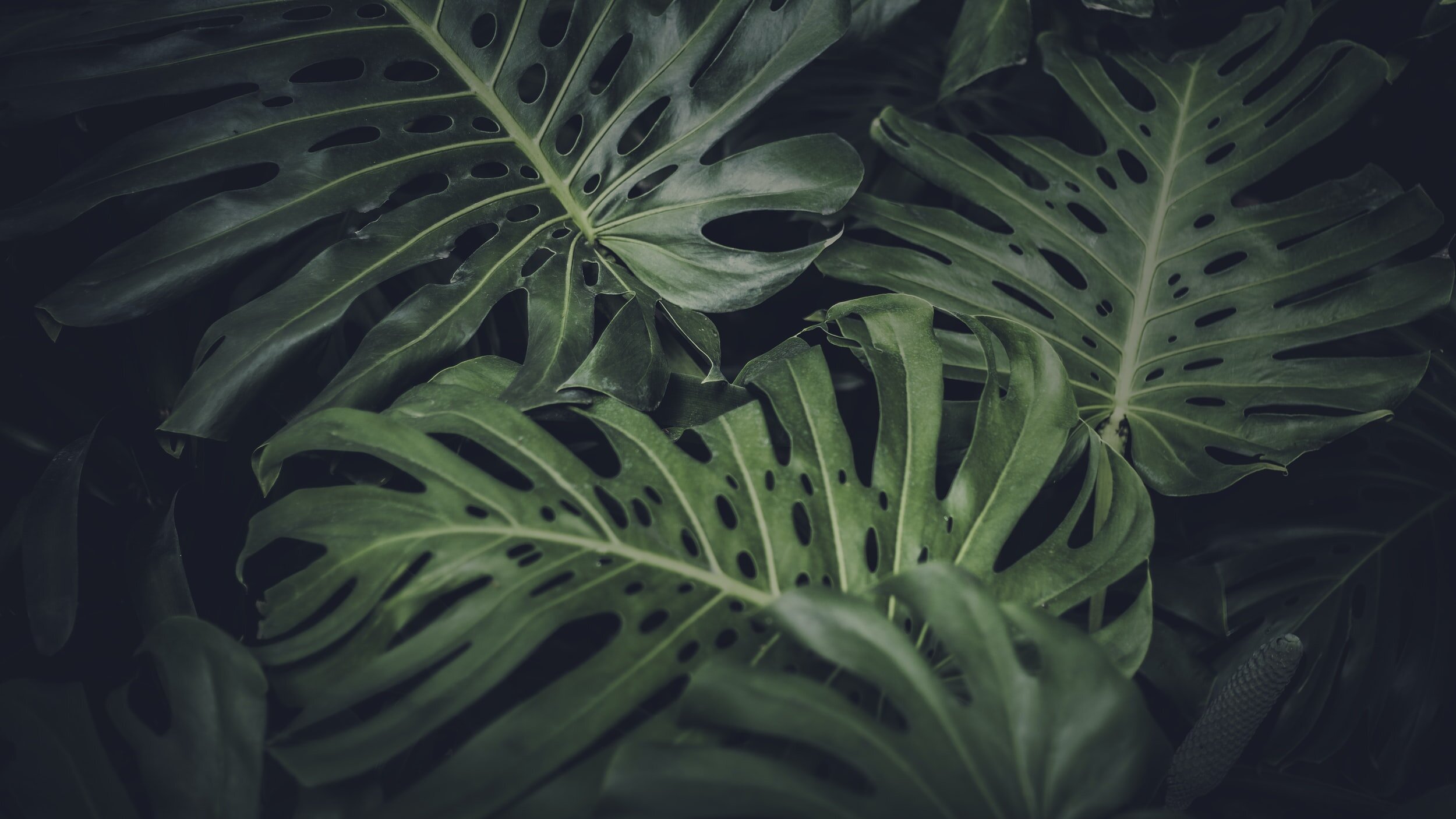
How to keep your plants alive with ease.
Keeping your plants alive can be a huge hassle and a lot of work. Thankfully though, it doesn’t have to be! We are firm believers that plants should be easy to take care of and even easier to keep alive! Below, we have care instructions for tons of different types of plants, including the most popular ones that we sell! If you don’t see your plant below and you’re struggling to take care of it, let us know so we can write something for you! If you still have trouble keeping your plants alive after reading our guides, stop by the store or drop us a line - we’d love to answer your questions and help you develop your green thumb!
-
Calatheas
your new prayer plant thrives in bright and indirect sunlight. A unique feature of prayer plants is that the leaves close up at night and open in the morning. Your prayer plant likes to live in a moist soil and a humid environment. A bathroom or kitchen with bright light is a perfect location for your prayer plant. Water your Prayer plant when the soil becomes dry.
-
Pothos
your new pothos plant thrives in indirect sunlight, but can survive in low light locations. with too little light, your pothos leaves may lose some of their vibrancy. Too much light can lead to loss of variegation. Your pothos likes to dry out between waterings, and needs a properly draining pot. When the roots of your pothos begin to break out of the bottom of the pot, it is time for a new pot!
-
Peperomia
Peperomia's come in many shapes and sizes and make an excellent addition to your plant family. Your new peperomia will thrive in medium bright and indirect sunlight. Your peperomia only needs to be watered once every 1-2 weeks, and likes to dry out in between watering.
-
Sansevieria
sansevieria is the plant of many names. Commonly called a snake plant or mother in laws tongue, a sansevieria is a virtually indestructible house plant. Your new sansevieria thrives in indirect sunlight, but can survive in low light. Sansevierias like to live in a dry environment and only needs occasional waterings. Sansevieria's are one of the only plants that release oxygen 24/7, making it one of the best houseplants for air purification and a must for bedrooms.
-
Philodendron
your new philodendron is as unique as its new owner. Philodendrons thrive in medium indirect sunlight. Philodendron varieties are one of the easiest house plants to maintain, and only need to be watered once every 1-2 weeks. Let the soil drain and dry between waterings. Philodendron's grow quickly and are ferocious cleaners of toxic air, making it a perfect addition to your home.
-
Fern
Ferns come in many different varieties and make a wonderful addition to any space. your new fern likes to dry out between waterings and only needs to be watered once every 1-2 weeks. When watering your fern, pour water around the edges of the plant, not in the center. Ferns like a humid and medium to bright indirect light.
-
Monstera
your new monstera is a stunner. Monstera's are known for their natural leaf-holes and beautiful shape. Your new monstera is best suited for medium indirect sunlight. Your monstera isn't a monster and makes a wonderful houseplant. MOnstera's only need to be watered once every 1-2 weeks, and likes to dry out between waterings.
-
Hoya
Your new Hoya likes a dry environment and likes to completely drain before her next watering. To keep her thriving and happy, keep her planted in a pot with adequate drainage. Hoya's prefer bright and indirect sunlight, and the more light she receives, the more vibrant her leaves will become.
-
Fiddle Leaf Fig
don't let her size fool you, a fiddle fig can make anyone a plant parent. Fiddle Figs make a big impact in your home or office. Your new fiddle fig likes bright filtered light, and may need to be rotated every so often as they will lean towards the light. However, they need consistency and do not like to be moved around to different locations. Fiddle figs like to be drenched once the top of the soil is dry, but does not like to sit in water. Make sure she has proper drainage when watering.